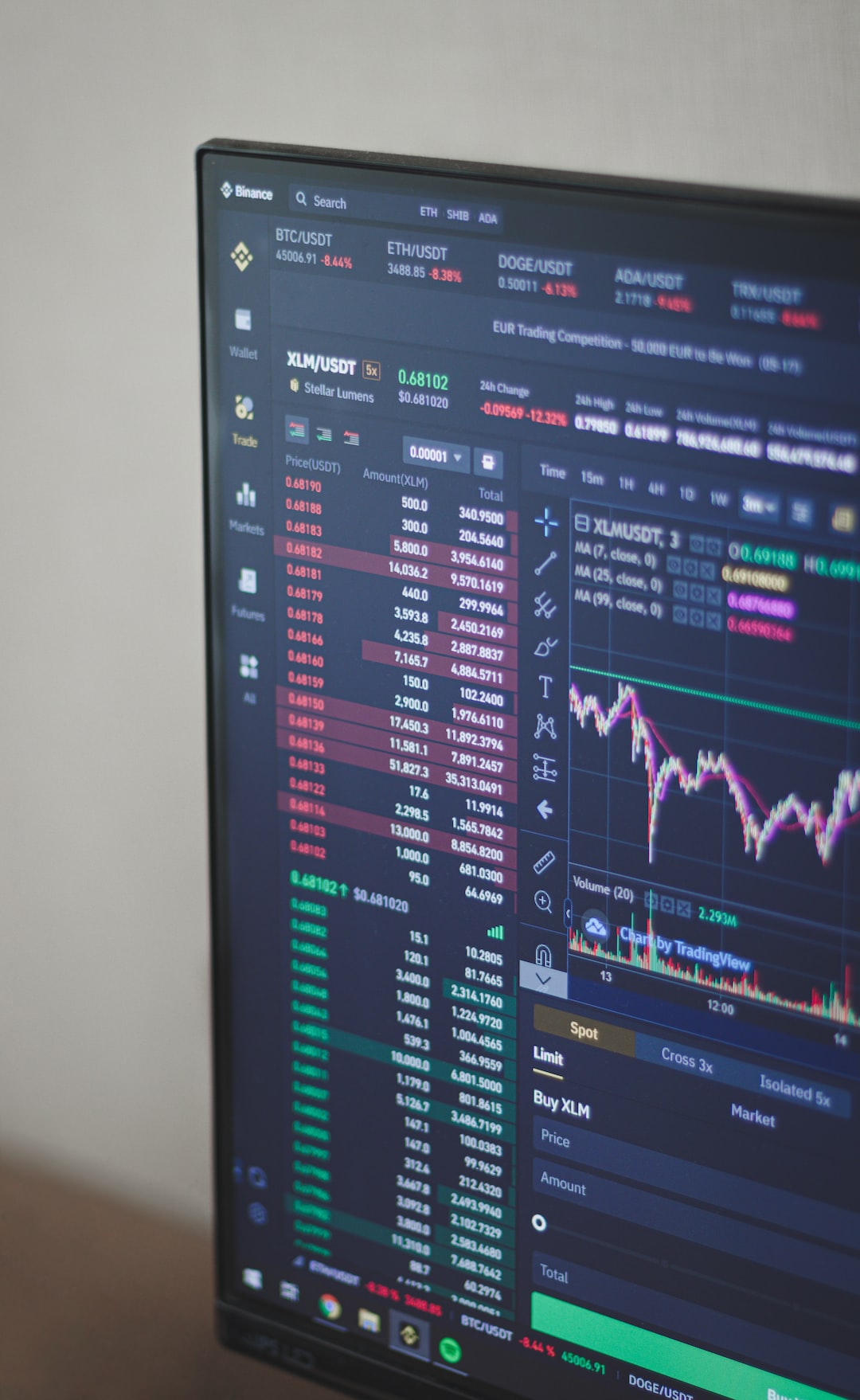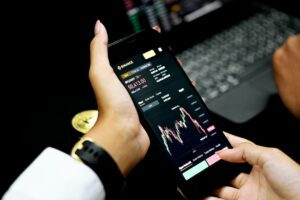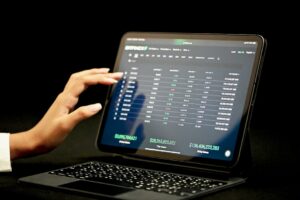Forex Trading 101: A Beginner’s Guide to Trading Currency
Forex, short for foreign exchange, refers to the global market where different currencies are bought and sold. It is the largest and most liquid financial market in the world, with an average daily trading volume of around $6.6 trillion. Forex trading offers individuals the opportunity to speculate on the price movements of various currency pairs and potentially profit from these fluctuations.
If you are new to forex trading, this beginner’s guide will provide you with the essential knowledge and tools to get started.
Understanding the Forex Market
Unlike traditional stock markets, forex trading does not have a centralized exchange. Instead, it operates through an interbank market, where large financial institutions trade currencies electronically. The market is open 24 hours a day, five days a week, as trading sessions move across different time zones.
Currency Pairs
In forex trading, currencies are always traded in pairs. The first currency in the pair is called the base currency, while the second currency is known as the quote currency. For example, in the EUR/USD pair, the euro is the base currency, and the US dollar is the quote currency.
Bid and Ask Price
When trading forex, you will encounter two prices for each currency pair: the bid price and the ask price. The bid price is the price at which you can sell the base currency, while the ask price is the price at which you can buy the base currency. The difference between the bid and ask price is called the spread, which represents the broker’s profit.
Pips and Lots
Pips are the units used to measure the movement in currency pairs. Most currency pairs are quoted to the fourth decimal place, with one pip representing the smallest possible price change. For example, if the EUR/USD pair moves from 1.2000 to 1.2001, it is a one-pip movement.
Lots refer to the size of a forex trade. Standard lots are 100,000 units of the base currency, while mini lots are 10,000 units and micro lots are 1,000 units. Trading smaller lots is recommended for beginners to minimize risk.
Fundamental and Technical Analysis
To make informed trading decisions, forex traders rely on two types of analysis: fundamental and technical analysis.
Fundamental analysis involves studying economic indicators, news releases, and geopolitical events that can impact currency prices. Traders analyze factors such as interest rates, GDP growth, inflation, and political stability to determine the strength or weakness of a currency.
Technical analysis, on the other hand, involves studying price charts and using various indicators and patterns to predict future price movements. Popular technical analysis tools include moving averages, trend lines, and oscillators.
Risk Management
Risk management is crucial in forex trading to protect your capital and ensure long-term success. Here are some key risk management techniques:
1. Setting stop-loss orders: A stop-loss order is an instruction to automatically close a trade at a predetermined price level to limit potential losses.
2. Using leverage wisely: Leverage allows traders to control larger positions with a smaller amount of capital. However, it also amplifies both profits and losses, so it should be used with caution.
3. Diversifying your trades: Instead of focusing on a single currency pair, diversify your trades across different pairs to reduce the impact of any single trade.
4. Using proper position sizing: Determine the appropriate lot size for each trade based on your risk tolerance and account size. Avoid risking too much on a single trade.
Choosing a Forex Broker
Selecting a reliable forex broker is essential for a smooth trading experience. Consider factors such as regulation, trading platform, customer support, spreads, and commissions when choosing a broker. It is advisable to open a demo account first to test the broker’s services before depositing real money.
Conclusion
Forex trading offers exciting opportunities for individuals to profit from currency price movements. However, it requires knowledge, practice, and discipline to succeed. By understanding the basics of the forex market, conducting thorough analysis, managing risks effectively, and choosing a reputable broker, beginners can start their trading journey on the right foot. Remember, forex trading is a continuous learning process, so always stay informed and adapt your strategies as the market evolves.





